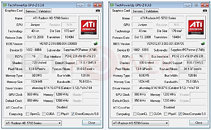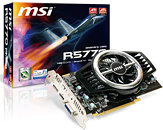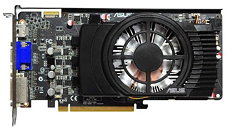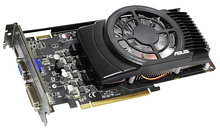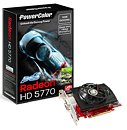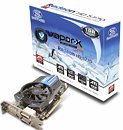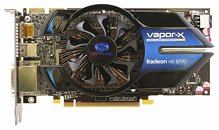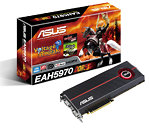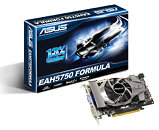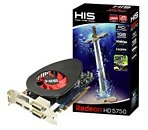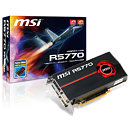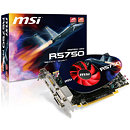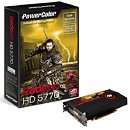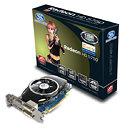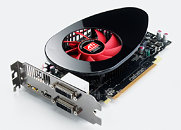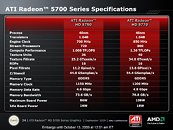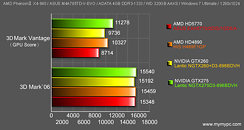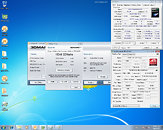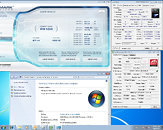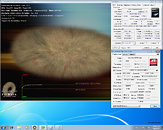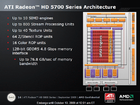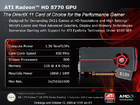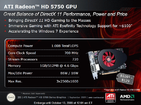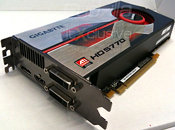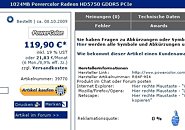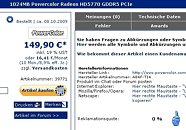
Sapphire HD 5770 BIOS Botchup Leaves Users with Just 720 Stream Processors
Several users of the recently released Sapphire HD 5770 Vapor-X graphics cards were surprised to find that GPU-Z showed the shader (stream processor) count of their graphics cards to be 720 (instead of the advertised 800). A disgruntled user then submitted a sample of the graphics card BIOS (BIOS Version: 012.014.000.004, dated 2009/12/03) to TechPowerUp. Our using the BIOS on an actual HD 5770 Vapor-X sample confirmed the issue. The affected cards continue to have the device ID corresponding to the HD 5770 model (68B8), have the advertised clock speeds (860/1200 MHz core/memory), and yet have only 720 operational stream processors enabled by the video BIOS.
When one of the users contacted Sapphire tech-support, it responded with:
Update 2: Statement from Sapphire: "SAPPHIRE Technology has determined that a small batch of the recently launched HD 5770 Vapor-X graphics cards was shipped with a BIOS that enables only 720 stream processors instead of the full 800 stream processors available on this model. Other performance parameters are to the correct specifications. This issue can be rectified with a BIOS update. The correct BIOS code can be downloaded from www.sapphiretech.com [Graphic Card -> PCI-E -> Sapphire HD 5700 Series -> Sapphire Vapor-X HD 5770 1 GB GDDR5 PCIE -> Submit -> BIOS] and some partner websites. We regret any inconvenience caused to end users."
When one of the users contacted Sapphire tech-support, it responded with:
"I just tested one of the cards I have here, and yes it does have the 720 shaders, the if you are comparing the stream process which is at 800, it is different the GPUZ software does not tell you the stream process the GPU unit has."Subjectively, the response doesn't seem satisfactory or working towards solving the problem. GPU-Z displays the actual number of shaders (stream processors) available to the operating system, not how many are physically present on the GPU-die. With this issue being reported by users spread across various markets, it is clear that Sapphire may have an entire lot/batch of HD 5770 Vapor-X graphics cards carrying the BIOS which enables only 720 stream processors. Affected users are advised to contact Sapphire support to resolve the issue. Expert users can find the corrective BIOS which enables all 800 stream processors (VER012.013.000.001.034705) in our VGA BIOS Database here.Update: Sapphire has notified me that they are looking into this, a BIOS update will be available "shortly".
Update 2: Statement from Sapphire: "SAPPHIRE Technology has determined that a small batch of the recently launched HD 5770 Vapor-X graphics cards was shipped with a BIOS that enables only 720 stream processors instead of the full 800 stream processors available on this model. Other performance parameters are to the correct specifications. This issue can be rectified with a BIOS update. The correct BIOS code can be downloaded from www.sapphiretech.com [Graphic Card -> PCI-E -> Sapphire HD 5700 Series -> Sapphire Vapor-X HD 5770 1 GB GDDR5 PCIE -> Submit -> BIOS] and some partner websites. We regret any inconvenience caused to end users."
